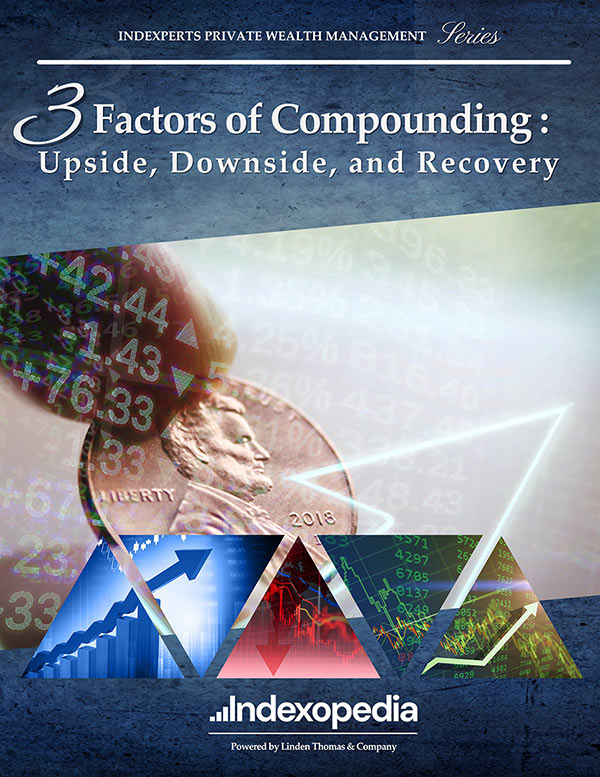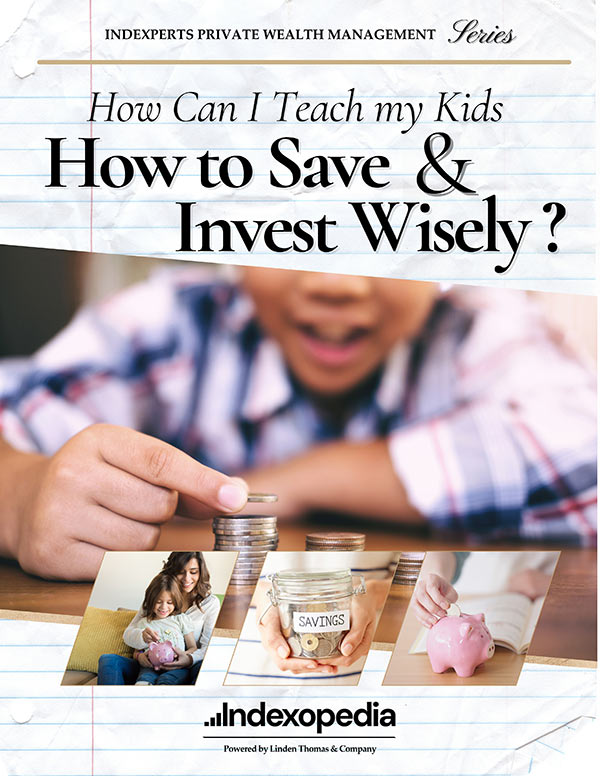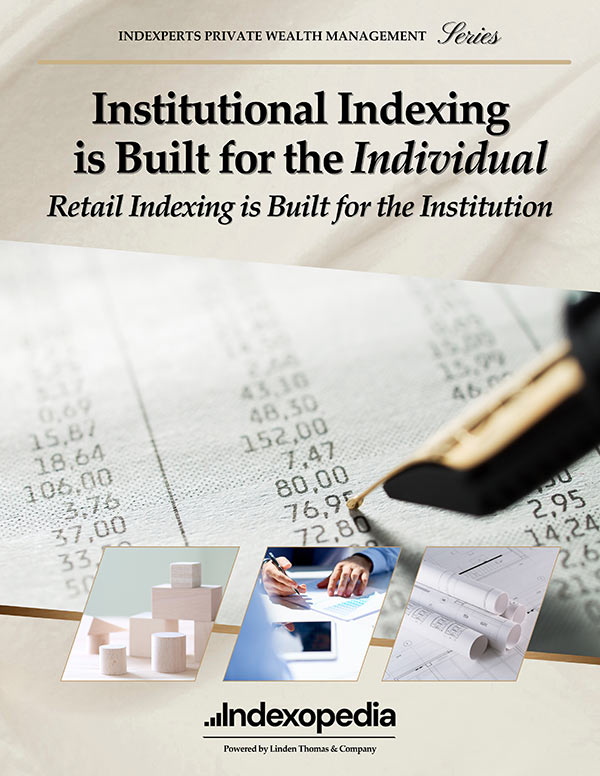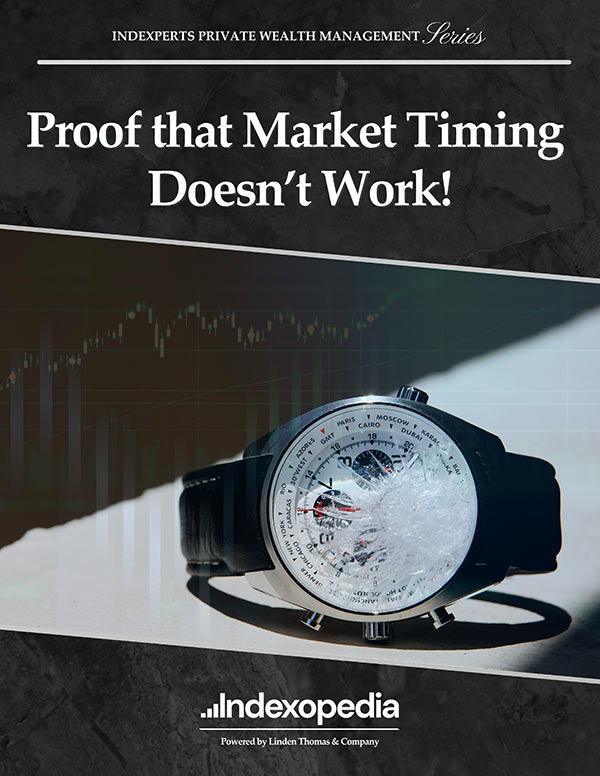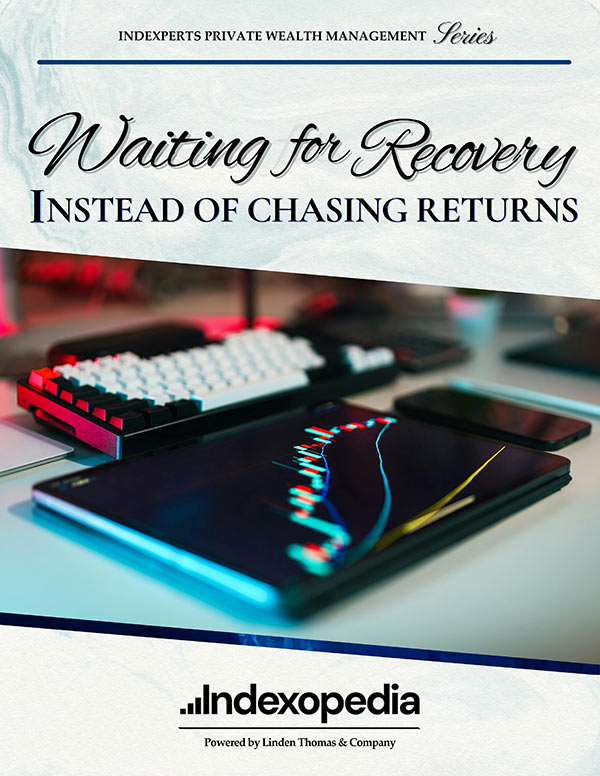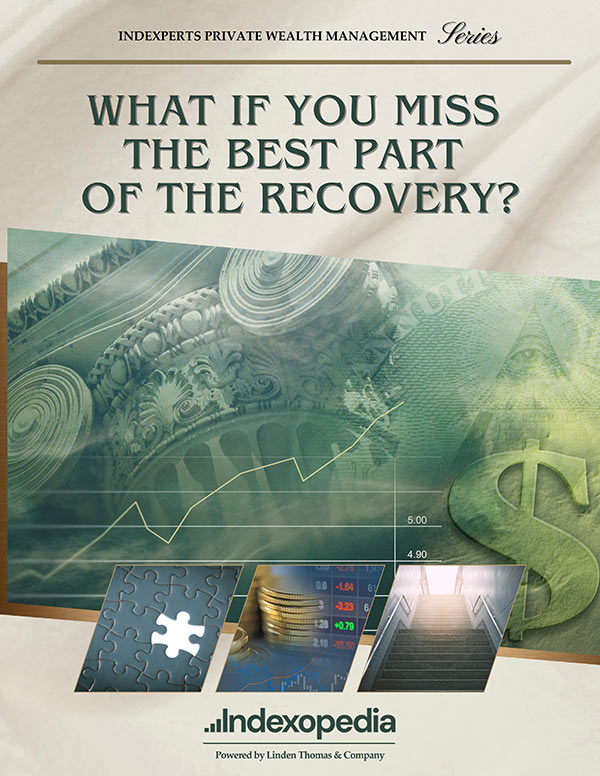
Breaking Tradition
to Build a Better Index

The Key Factors in Building a More Efficient, Results-Focused Index
Quality of Holdings
Helps enhance upside results, minimize downside losses, and support faster recovery.
Direct Ownership
Benefits Indexperts Direct and Indexperts Corporate clients by giving disciplined investors full control, rather than pooling them with others who may not be as disciplined.
Minimizing Cost
Supports all three factors by preserving more capital during up markets, reducing the drag during down markets, and keeping more assets available for recovery.
What They Don’t Tell You
Many investors assume that the expense ratio or advisor fee includes all costs—but it doesn't.
Mutual funds incur trading costs and are also exposed to bid-ask spreads. When you add up advisor fees, fund expense ratios, trading costs, and spreads on trades, the total cost can significantly erode portfolio results.

How Do Traditional Indexing and Investment Advisors Fall Short?
Explore Indexperts’ Earnings-Focused Indexes
3 Types of Indexperts Investors:
Corporate
Generally for institutions with $50 million to over $100 million in assets
Advice
Expert advice & institutional indexes for investors with $500,000 to $50 million
ETFs
For investors of any size who seek portfolio efficiency
10 Reasons Affluent Investors Choose Indexperts Institutional Direct










How to Invest
Since the creation of the first passive index fund in the 1970s, very little has changed. Most index funds remain passive and pooled, meaning investors are grouped together in a single vehicle—and the holdings are not selected based on the quality of the companies.
This outdated structure leads to two critical shortfalls that Indexperts set out to improve:
A lack of focus on earnings quality and No direct ownership or control for the investor.

Indexperts Introduces Indexopedia - The digital learning center for Indexperts clients
6 Qualities of an Efficient Portfolio
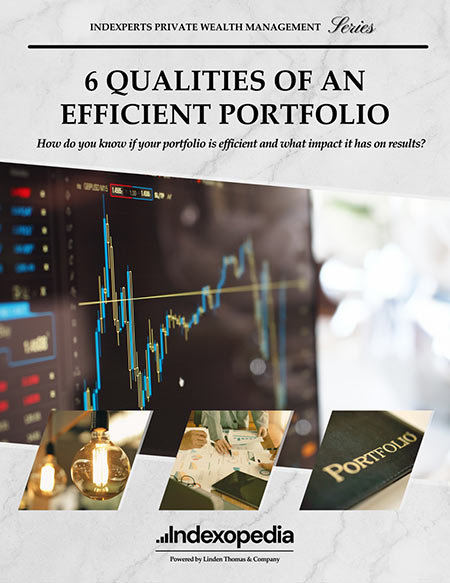
More Guides Available Exclusively to Indexperts Clients
3 Factors of Compounding: Upside, Downside, and Recovery
How Can I Teach my Kids How to Save and Invest Wisely?
Institutional Indexing is Built for the Individual, Retail Indexing is Built for the Institution
Proof that Market Timing Doesn’t Work!
Waiting for Recovery Instead of Chasing Returns
What If You Miss the Best Part of the Recovery?
Sign up for our quarterly guide
"*" indicates required fields


